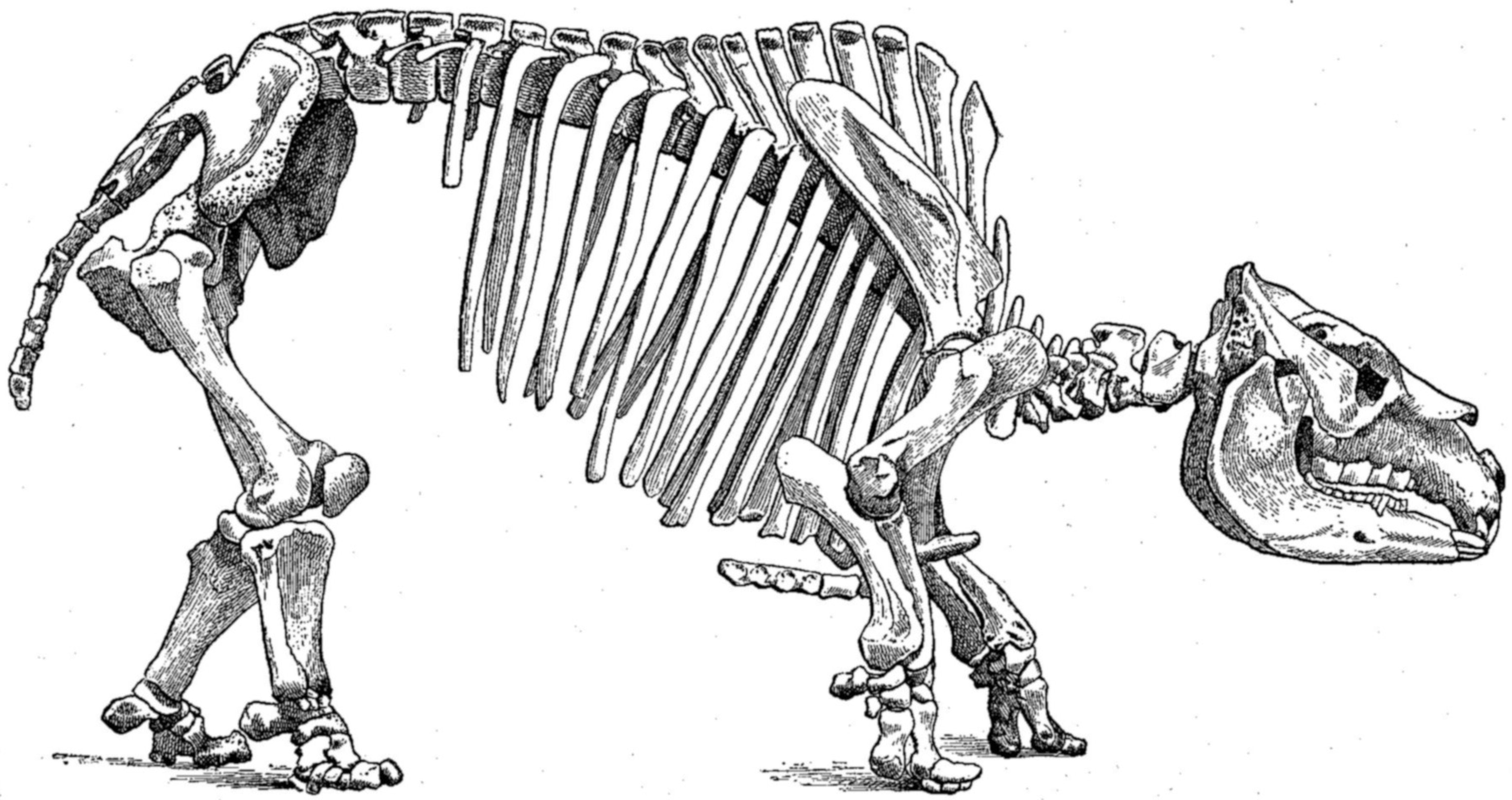Not so very long ago, giant ground sloths trundled through the forests and over the grasslands of North America. Like the sabercats and mammoths of their time, the shaggy beasts and their armored glyptodont cousins were part of the recently-lost Pleisotcene megafauna. Yet the sloths and their kin had a very different backstory from the rest of the characteristic, charismatic megamammals that inhabited Ice Age North America.
Whereas mammoths and sabercats migrated in from Eurasia, and horses and camels evolved in North America itself, the sloths and glyptodonts were southern pioneers whose lineages had evolved in the “splendid isolation”, as paleontologist George Gaylord Simpson called it, of South American before the Isthmus of Panama closed the gap between the Americas around 3 million years ago. The entire transition was more haphazard, with some species jumping continents earlier and others later, but the “Great American Interchange” appears to have peaked when prehistoric Panama formed. As North America’s elephants, carnivorans, camels, horses, and other lineages pushed south, armadillos, terror birds, possums, and their neighbors made their way north. Paleontologists are still discerning the pattern of this dispersal, and a short report in the latest Journal of Vertebrate Paleontology places yet another South American lineage in ancient North America.
Toxodon was one of the first of South America’s Pleistocene mammals to come to the attention to western scientists. Charles Darwin himself purchased a fine skull of this sturdy quadruped from a farmer in Uruguay, later described and named by English anatomist Richard Owen. The identity of Toxodon wasn’t immediately clear. The creature had the bulky stature of a rhino and a hippopotamus-ish head, but the details of its anatomy didn’t match either group. In time, paleontologists realized that Toxodon was part of a unique, totally extinct group of South American mammals called notoungulates. Superficially, many of these mammals resembled forms found elsewhere – from rodent-like varieties to hippo-mimics such as Toxodon – but they were a distinct radiation that evolved when South America was a remote island continent.
Until now, paleontologists thought that toxodonts never made it to North America. Their northernmost occurrences were pinned in southern Mexico. As Ernest Lundelius, Jr. and coauthors report, however, an isolated toxodont tooth found in Harris County, Texas indicates that these mammals traveled much further north than researchers previously expected. Dated at 74,000 to 16,000 years old, and assignable to the genus Mixotoxodon, the upper third molar is a singular clue that toxodonts had a significant geographical reach.
If toxodonts reached North America, though, why didn’t they flourish like some of their other southern neighbors? That’s hard to say, and the toxodonts were not alone in having a tenuous hold on northern habitats. The formidable terror bird Titanis represented another southern lineage that has been found in Florida and Texas, but apparently never gained a strong foothold. After arriving in Texas about 5 million years ago, Titanis disappeared by about 1.8 million years ago.
In the big picture of the Great American Interchange, the northern species seem to have been more successful in the south than the southern species in the north, with sloths and their kin representing an abnormality. The reason for the imbalance has often been attributed to climate and evolutionary history, but, since we can’t watch these species interact directly, the uneven victories of the different faunas remains a puzzle made all the more confounding by the loss of North America’s ground sloths, South America’s sabercats, and their fantastic extinct neighbors.
Reference:
Lundelius, Jr., E., Bryant, V., Mandel, R., Thies, K., Thoms, A. 2013. The first occurrence of a toxodont (Mammalia, Notoungulata) in the United States. Journal of Vertebrate Paleontology. 33, 1: 229-232

